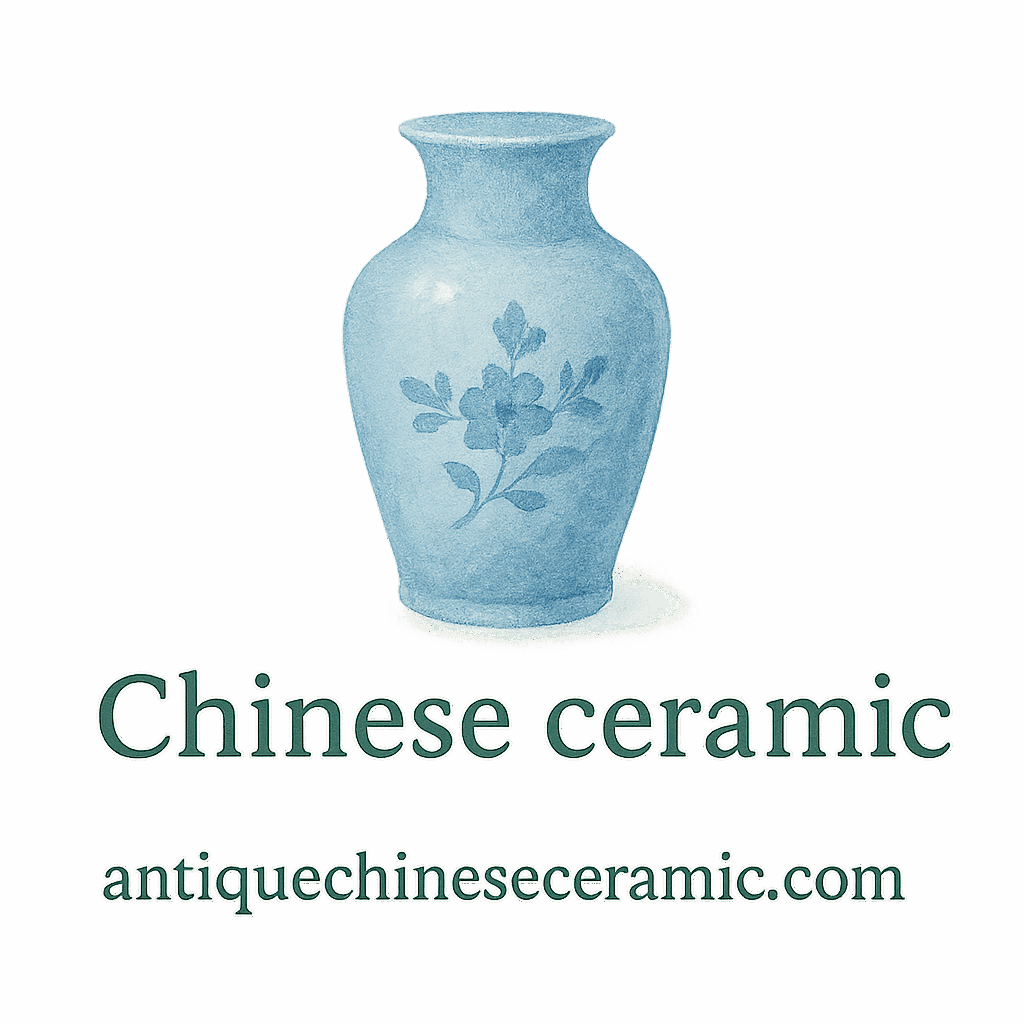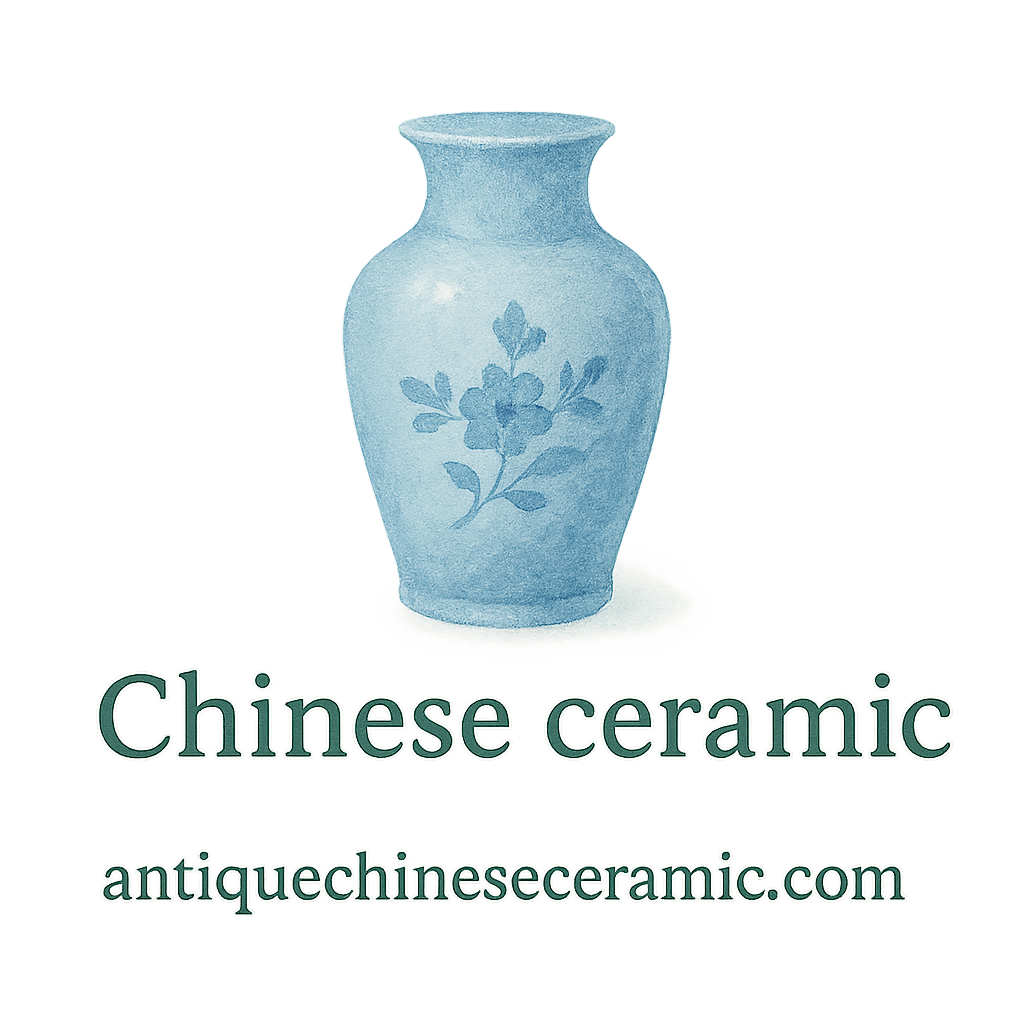Introduction to the Timeless Beauty of Antique Chinese Ceramics
When you think of timeless artistry, antique Chinese ceramics easily come to mind. These magnificent pieces tell stories that date back thousands of years, showcasing craftsmanship techniques refined across dynasties. From delicate brushstrokes to earth-fired finishes, these objects are more than containers—they are the essence of history molded by hand.
In this article, we’ll walk you through five ancient techniques used in crafting antique Chinese ceramics, each deeply rooted in tradition and cultural heritage. Whether you’re a seasoned collector or a curious beginner, understanding these methods will help you appreciate the beauty, value, and significance behind every ceramic piece.
1. Hand-Molding and Wheel-Throwing Techniques
Origins and Evolution of Ceramic Shaping
The foundation of every ceramic begins with shaping. In ancient China, potters relied heavily on hand-molding and wheel-throwing techniques. These time-tested methods were passed down through generations and are still admired today for their elegance and functionality.
Hand-molding, dating back to the Neolithic period, was the go-to method before the invention of the potter’s wheel. Artisans would press and form clay using simple tools—or even their bare hands.
Differences Between Hand-Molding and Wheel-Throwing
- Hand-Molding: Great for sculptural or irregular forms.
- Wheel-Throwing: Ideal for symmetrical vases, bowls, and jars.
Both methods reflect the maker’s intent and skill, with visible finger lines often regarded as valuable surface details by modern collectors.
Influence on Modern Crafting
Many contemporary potters still replicate these shaping techniques to honor the past and to create pieces that reflect traditional Chinese aesthetics. For collectors, these shaping styles are often used for identification and appraisal purposes.
2. Glazing Innovations of Ancient China
Early Glazing Methods
Chinese potters pioneered several revolutionary glazing techniques. The earliest glazes were ash-based and applied to pottery during firing to create a glassy, water-resistant finish.
By the Tang Dynasty, celadon—a jade-green glaze—had become a national treasure. It was admired both domestically and internationally.
Signature Chinese Glazes Through the Dynasties
- Tang Dynasty: Sancai glaze (three-color ware)
- Song Dynasty: Celadon and Ru ware
- Ming Dynasty: Blue and white porcelain
- Qing Dynasty: Famille rose and Famille verte
Each glaze technique added not just beauty, but cultural storytelling and symbolism, preserved in every finish.
How Glazing Affected Ceramic Preservation
A proper glaze could prevent deterioration, improve resistance to environmental damage, and influence how ceramics are categorized in storage or auction. Learn more about preserving glazed ceramics on our care and preservation guide.
3. Intricate Painting and Surface Detailing
Tools Used in Traditional Ceramic Painting
Antique Chinese ceramic painting involved the use of bamboo brushes, mineral pigments, and lacquer-based inks. These tools allowed for incredible detail, from fine calligraphy to mythical landscapes.
Iconic Motifs and Cultural Meaning
You’ll often see:
- Dragons: Power and authority
- Peonies: Wealth and prosperity
- Phoenixes: Rebirth and harmony
These motifs weren’t just decorative—they conveyed messages that made the ceramic more than just an object. They were a story frozen in time.
Techniques to Preserve Surface Detail
Keeping the detail intact requires delicate cleaning and proper handling. Never use harsh chemicals, and avoid excessive rubbing on painted surfaces. For guidance, see our articles on preservation and surface care.

4. Kiln Firing and Atmospheric Techniques
Dragon Kilns and Other Historic Designs
Ancient Chinese kilns, especially the dragon kiln, were marvels of engineering. These long, sloping structures allowed for large batches of ceramics to be fired at extremely high and controlled temperatures.
Oxidation vs. Reduction Firing Methods
- Oxidation Firing: Exposes the ceramic to oxygen, creating brighter colors.
- Reduction Firing: Limits oxygen, resulting in deeper, richer hues.
The choice of atmosphere dramatically affects the final appearance and quality of ceramics, impacting their valuation.
Firing Techniques and Their Role in Ceramic Valuation
Collectors often analyze firing marks and kiln residue on the base of ceramics for signs of authenticity. Understanding these marks can aid in identifying the era and origin of the piece.
5. Carving, Incising, and Relief Work
Historical Timeline of Carved Ceramics
By the Song Dynasty, incising and carving were prevalent techniques used to decorate ceramics before glazing. Artisans would etch designs into semi-dried clay, producing subtle reliefs.
Methods of Carving and Surface Enhancement
- Sgraffito: Scratching through layers to reveal contrasting colors
- Relief Molding: Pressing designs using carved molds
- Hand Incising: Freehand carving with metal or bamboo tools
These embellishments created rich, tactile surfaces that stood out even more after glazing and firing.
Preservation Tips for Detailed Ceramics
Relief designs are particularly vulnerable to damage. Always use padded supports and consult our storage and safety guides when handling or transporting valuable ceramics.
Why These Techniques Still Matter Today
Collecting Antique Chinese Ceramics with Confidence
Understanding these techniques allows collectors to appreciate the artistry and know what to look for. From wheel-throwing marks to kiln residues and glaze types, these clues help determine authenticity and quality. Check our collecting guide and browse posts tagged with collecting and heritage.
Appraisal Tips Based on Craft Techniques
Appraisers look for:
- Craft consistency
- Historical technique alignment
- Preservation of detail
- Kiln types and glaze reactions
You can dive deeper into these valuation factors in our appraisal resources and timeline tags.
Conclusion
Ancient Chinese ceramic crafting isn’t just about form and function—it’s a living testament to creativity, innovation, and tradition. The five techniques we covered—shaping, glazing, painting, firing, and carving—reflect centuries of cultural pride and dedication to artistry.
Whether you’re preserving an heirloom or expanding your collection, recognizing these ancient methods gives your ceramic journey both meaning and value. Dive into the rich history, and you’ll soon see that every chip, brushstroke, and glaze crack tells a tale.
Explore more about antique Chinese ceramics and their extraordinary craftsmanship through our comprehensive resources and tags.
FAQs
1. What is the most important technique in antique Chinese ceramic crafting?
Each technique has its value, but kiln firing often defines the final quality and authenticity of a piece.
2. How can I tell if a ceramic was hand-molded or wheel-thrown?
Look for symmetrical patterns (wheel-thrown) versus irregular or organic forms (hand-molded). The base often shows tell-tale signs.
3. What’s the safest way to clean an antique ceramic?
Use a soft cloth with warm water only. Refer to our cleaning guide for specifics.
4. Can glaze type help determine a ceramic’s age?
Absolutely! Certain glazes were only developed during specific dynasties. Our history section can help you date them accurately.
5. Is it safe to display antique ceramics in sunlight?
Prolonged sunlight can fade painted surfaces. Always display ceramics in shaded or UV-filtered spaces.
6. Where can I learn more about valuation?
Visit our valuation page and explore resources under the valuation tag.
7. Are there auctions for antique Chinese ceramics?
Yes, many collectors acquire pieces through auctions. Browse articles tagged auction for more info.


